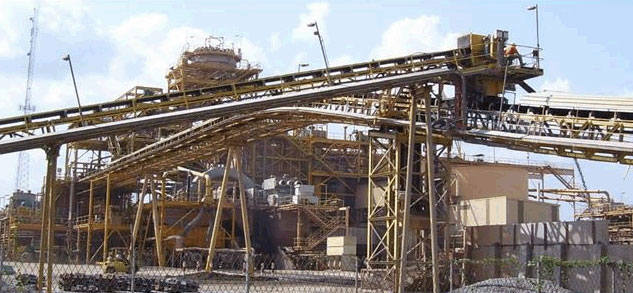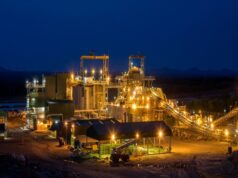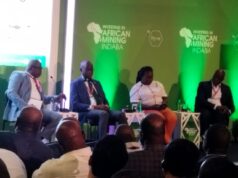In Burkina Faso, the legal basis is favourable to the inclusion of women in the mining sector. While Burkina Faso has made international commitments, it has adopted several texts in favour of women at the national level. However, gender is poorly taken into account in the texts that govern the sector and in daily practices.
What is the degree of gender consideration in mining in Burkina Faso? What is the contribution of women to the mining sector in Burkina Faso? Presentation of portraits of women working in the mining sector and beautiful experiences of gender consideration when implementing projects with mining revenues.
Presentation of portraits of women working in the mining sector and beautiful experiences of gender consideration when implementing projects with mining revenues.
Awa Marouchat: an ox milk seller turned dumper driver: Born into a pastoralist family in the town of Gorom-Gorom, Awa Marouchata interrupted her studies and became involved in sheep farming and selling fresh milk. In her village, the widely shared idea is that “the destiny of a Sahelian girl is only marriage”. She went against this custom to apply for an internship that the Essakane mine launched in 2009. At the end of her internship, she managed to get hired in the general services of the mine while nurturing the dream of being the very first young girl from the Tamacheq community to drive a dumper truck. In 2011, Awa was able to diligently follow the theoretical and practical courses until she obtained a certificate of competence that opens the way to heavy machinery. Today, Awa has gone from Dumper driver to loader operator. Since 2011, the little shepherdess has become a celebrity in the host communities of the mine.
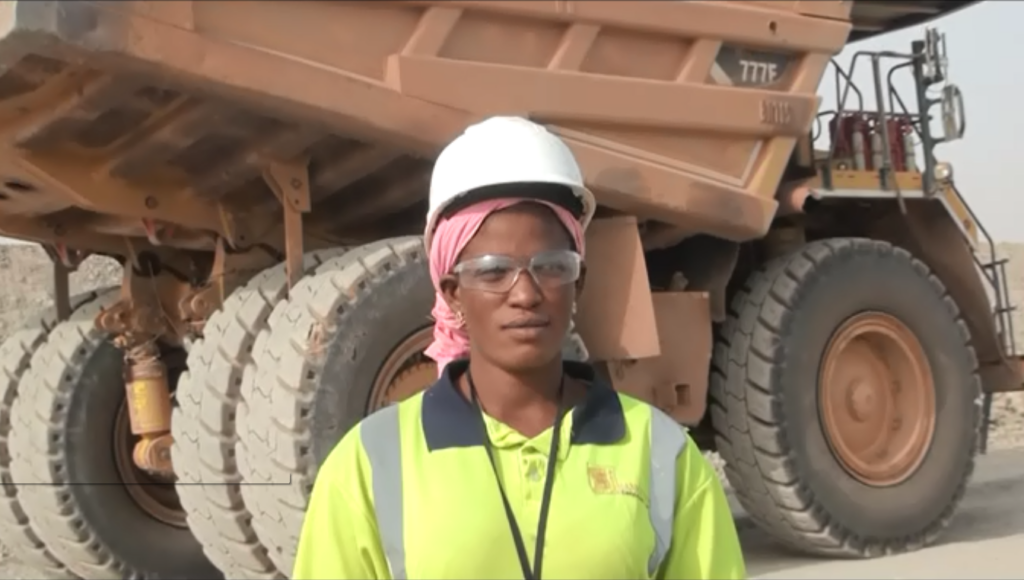
Aïda Alhamdou: from security guard to mine truck driver: Aïda Alhamdou was recruited by a security company for the Essakane mine after dropping out of secondary school in 2007. In 2010, she was informed about a training course on the mine’s jobs. She gave up her job as a security guard, applied, and was accepted. At the end of the training, Essakane launched a recruitment drive for heavy equipment operators. In January 2011, Aïda joined the Essakane gold mine and after 4 months of training, she finally found herself behind the wheel of a Dumper that can carry 150 tonnes of ore, the largest mining truck in the mine.
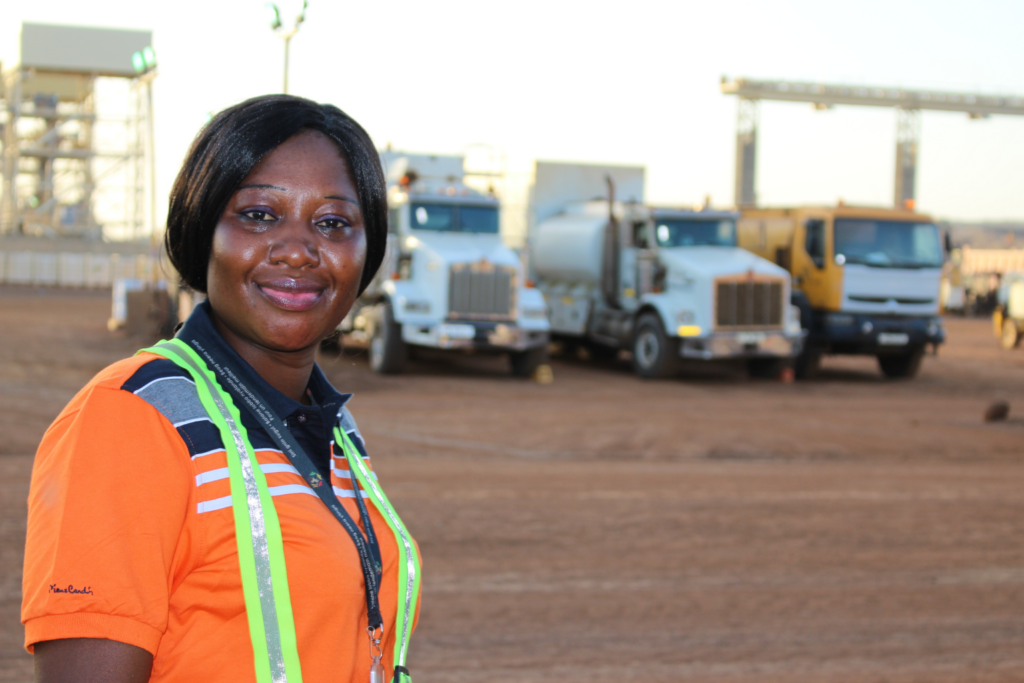
These examples can inspire other girls to take up the mining profession and increase the number of women in this sector.
The iron fund: the iron fund is a discovery of the IAMGOLD Essakane SA mine, which decided from 2016 to no longer distribute the iron from the waste recycling centre to the communities free of charge, but to sell it and pay the cost back to the communities. The money raised from this sale was used to fund community development projects in communities impacted by the mine’s installation. The sale of the iron generated 32,117 million FCFA. In addition to the revenue generated from the sale of iron, the mine contributed 20 million FCFA to bring the total to 52.117 million FCFA. The largest project funded with these resources is an Income Generating Activity (IGA) for a women’s association. Thanks to this funding, the women process peanuts into paste that the mine’s kitchen buys entirely, thus providing income to the women of the affected villages.
Roxgold SANU’s support to the women of Bagassi: The industrial mine Roxgold SANU has financially supported a women’s association in Bagassi for the production of soumbala and soap. The funding was preceded by training in this area. The soap produced is bought back for the needs of the mine.
The creation of a shea butter and soap production unit by the SEMAFO industrial mine: In order to enable women in the affected localities to meet their needs, the SEMAFO Mana mine has developed projects, one of which is the creation of a soap factory that employs nearly 80 women. The women’s production is bought back by the mine. Also, SEMAFO has created a shea butter production unit for the benefit of about 100 women. Their clients are Canadians who order 15 tonnes of organic butter and 3 tonnes of soap per year.
These experiences can inspire the choice of projects to be financed by mining revenues because they create added value for women.
Elie KABORE
#Mines_Actu_Burkina



